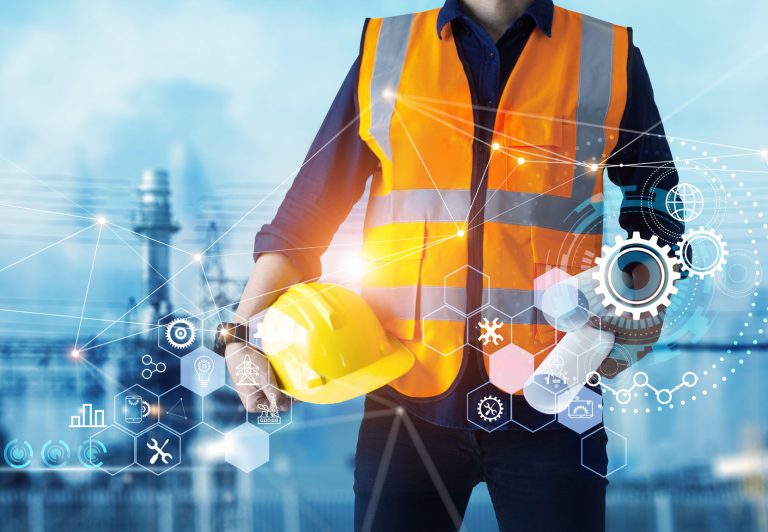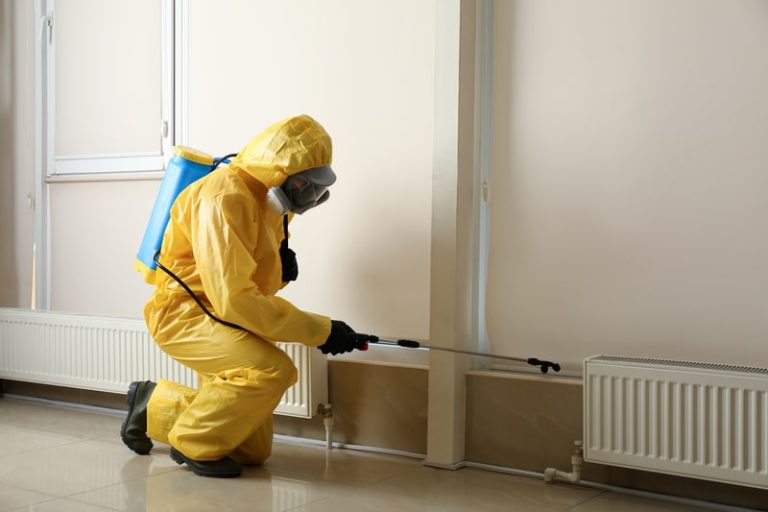The construction industry is a hazardous area of work. In fact, almost 170,000 construction workers were injured or fell ill in 2022. With such a high-risk factor, it’s clear that preventing injuries and increasing safety measures is an important task for construction site supervisors. Construction workers often face dangers from falls, heavy machinery, and environmental hazards. Dealing with these dangers is tough, but with new technologies, it becomes just a tad easier. So, what are the main technologies construction companies can use to prevent injuries and create a safer workplace? From telemedicine and wearable devices to real-time monitoring and more, we’ll tell you all about them in this blog. Let’s get started. The current landscape of construction site injuries The construction industry is the most dangerous area of work with the most worker deaths occurring annually. This doesn’t only result in human loss but also puts huge financial burdens on companies due to compensation claims, downtime, and reputational damage. Ultimately, creating a safer environment where injuries are minimized gives a purely positive outcome. The 4 most common hazards, often called the “Fatal Four” are falling, being struck by an object, getting caught in or in-between something, and electrocution. When looking at the current situation on construction sites, there is a positive shift towards safer workplaces thanks to the technologies we will discuss next. Key technologies reducing construction site injuries Advancements in technology have opened new frontiers for construction site safety, to say the least. We’ve identified 4 main technologies that are making the most significant strides in reducing injuries and creating safer work environments for workers on construction sites. On-site and telehealth medicine solutions Firstly, let’s talk about a technology that revolutionizes injury management. Essentially, on-site and telehealth prevent injuries from becoming serious issues, saving lives and helping employees get back to work quicker. These technologies make immediate medical care available on construction sites. While this doesn’t prevent injuries, it prevents its consequences. Additionally, it gives workers the peace of mind that they will be taken care of. Let’s talk about the 2 available solutions: With healthcare facilities available on the job site, injuries can be addressed almost immediately, and first aid can be administered with the proper documentation. This way, the severity of injuries is minimized, and your construction site stays compliant with OSHA and other regulations. If a construction site is in a remote location, telehealth solutions can be a great alternative to on-site medical trailers. They allow your workers to get in touch with certified physicians through text, phone, and video calls to get diagnosed and treated in cases of injuries. With a solution like this implemented across your construction site, you skip the need for costly and time-consuming trips to hospitals. As a result, you can give your workers faster intervention and recovery. Real-time monitoring and data analysis One of the biggest advancements in construction site safety technology has been the use of real-time monitoring tools and data analysis features. Thanks to these technologies, you get 24/7 oversight of your work environment, which helps you identify risks before they become the cause of accidents. With high-definition cameras and drones around your facilities, you can perform aerial inspections and keep an eye on hard-to-reach and dangerous areas. This means your worker will no longer need to unnecessarily climb scaffolding or enter confined spaces. Site supervisors can see real-time footage and be able to address any hazards before they lead to negative consequences. Predicting hazards is now a possibility with data analysis tools that use machine learning. Based on past accidents and environmental conditions, you can find out about dangerous activities or changes. At the end of the day, this gives a more proactive approach to risk management, ultimately preventing possible injuries. The combination of real-time monitoring and data analysis helps your site supervisors get better situational awareness and makes your company preventive when it comes to workplace safety. Wearable tech for monitoring safety Real-time data can be gathered not only about environmental factors but also the health and location of your workers. This sort of wearable technology is becoming more and more popular in the construction industry because of its immense value. With smart helmets, vests, and watches that monitor vital metrics, you can detect many dangerous conditions and prevent possible injuries. Wearable tech can track the heart rates, temperatures, and fatigue levels of your workers. This information is measured and if they come close to symptoms of exhaustion or overheating, your site supervisors will get an alert. For sites with extreme weather conditions that pose a risk of heatstroke or dehydration to your workers, this tech can come in extremely handy. Devices made specifically for construction site safety can notify supervisors if a worker falls or is in distress. This way, medical intervention can be done faster, preventing serious injuries from becoming worse or even fatal. Such injuries may go untreated for long periods, but wearables ensure that medical attention is provided whenever necessary. If your workers are in hazardous zones, their GPS-enabled wearables can help you track them and prevent them from getting in harm’s way. Internet of Things (IoT) and Smart Sensors IoT has major applications in many spheres, including construction safety. It can connect devices and systems, track site conditions, and even monitor equipment performance. All of this contributes to reducing injuries in the workplace. From air quality and noise levels to temperature, IoT-powered sensors can monitor the conditions on your construction site and let both your workers and supervisors know when they get to extreme levels. For example, such sensors can identify gas leaks or heat waves that workers should evacuate from. Ultimately, these tools give your workers a head start for taking preventive measures. As a precaution, you can attach smart sensors to your heavy machinery and detect wear and tear or malfunctions before they lead to accidents. These technologies let you do predictive maintenance and minimize the risk of machine-related injuries. With these sensors, you can identify whenever your






